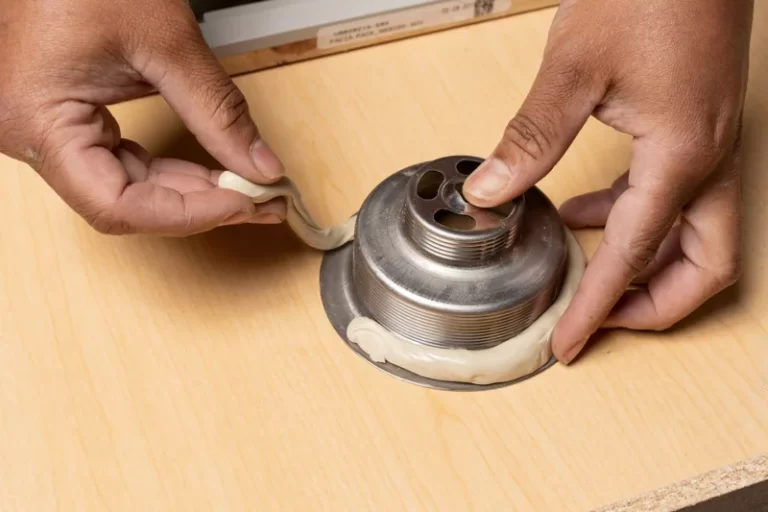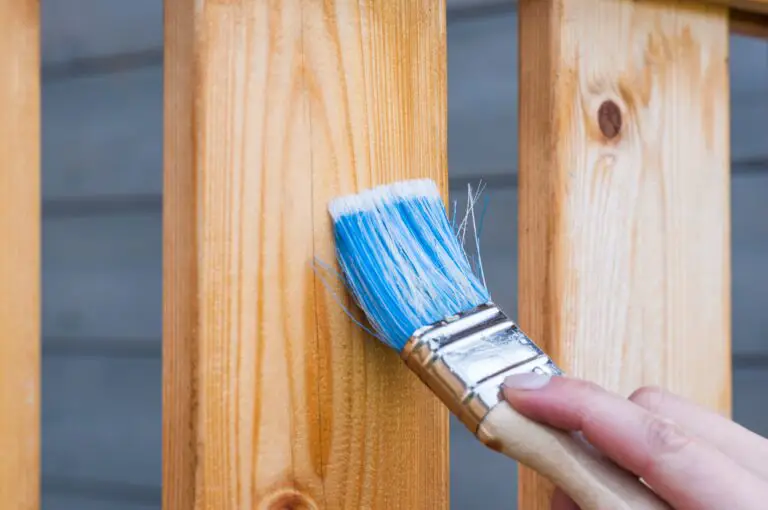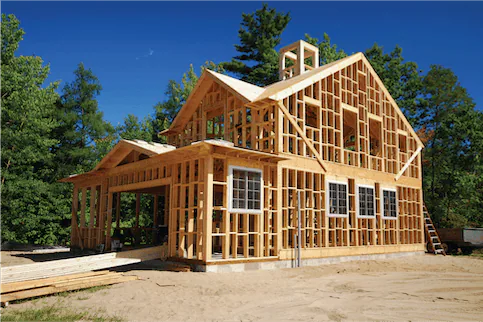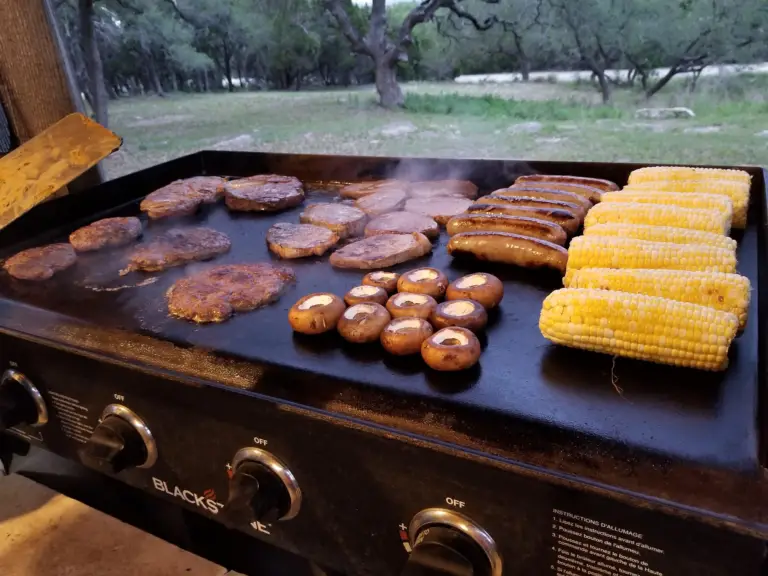CDX Plywood: A Guide for Construction and DIY Projects
Plywood, a staple in the construction and woodworking industries, comes in various types and grades. Among these, CDX plywood stands out for its durability, versatility, and affordability. This article aims to provide an in-depth understanding of CDX plywood, its applications, and why it’s a preferred choice for many projects.
What is CDX Plywood?
CDX plywood is a type of plywood particularly valued in the construction sector. The letters ‘C’, ‘D’, and ‘X’ in its name signify the quality of the wood veneer on each side (‘C’ and ‘D’ grade) and the adhesive type used (‘X’ standing for exterior).
The ‘C’ grade side is of higher quality with fewer knots and defects, while the ‘D’ grade side has more. The ‘X’ indicates that the glue binding the layers is suitable for exterior use, making it resistant to moisture and weather conditions.
Manufacturing Process
CDX plywood is made by layering thin sheets of wood veneer, known as plies. These are bonded under heat and pressure with waterproof adhesive, ensuring durability. The alternating grain direction of each layer adds to its strength and resistance to warping.
Key Features
Durability and Strength
- Resistance to Warping and Shrinking: The cross-layering of veneers in CDX plywood enhances its structural stability, making it resistant to warping and shrinking. This quality is essential for applications where dimensional stability is crucial.
- High Impact Resistance: The construction of CDX plywood, involving multiple layers of wood veneers, provides considerable resistance against impacts and punctures. This makes it ideal for heavy-duty construction use where the material may face physical stress.
Moisture and Weather Resistance
- Exterior Grade Adhesive: The ‘X’ in CDX indicates the use of exterior-grade adhesive, which is designed to withstand occasional exposure to moisture. This feature makes CDX plywood suitable for outdoor use, especially in roof sheathing and wall sheathing applications.
- Suitability for Temporary Exposure: While not waterproof, CDX plywood can handle temporary exposure to weather elements during construction phases, making it a practical choice for many outdoor projects.
Affordability
- Cost-Effective Material: Compared to higher-grade plywoods and other construction materials, CDX plywood offers a more budget-friendly option without significantly compromising on quality and durability.
- Wide Availability: Its popularity and widespread use in the construction industry mean that CDX plywood is readily available in various thicknesses and sizes, contributing to its cost-effectiveness.
Versatility in Use
- Suitable for a Range of Applications: From subfloors and wall sheathing to roofing and DIY projects, CDX plywood’s versatility makes it suitable for diverse applications.
- Easy to Cut and Install: The material can be easily cut to size and installed, making it a favorite among professionals and DIY enthusiasts alike.
Environmental Considerations:
- Potential for Sustainable Sourcing: With growing environmental awareness, many CDX plywood manufacturers are moving towards sustainable forestry practices, making it a more eco-conscious choice.
- Recyclability and Reusability: CDX plywood’s potential for recycling and reuse can contribute to reducing construction waste.
Surface Characteristics:
- Rougher Texture: The surface of CDX plywood is typically rougher compared to higher-grade plywoods. While this may limit its use in projects requiring a fine finish, it provides a good grip and adhesion for roofing materials and underlayment.
- Ready for Treatment: CDX plywood can be treated, painted, or covered with other materials, offering flexibility for finishing in construction projects.
Applications
CDX plywood is primarily used in construction for subflooring, roofing, and wall sheathing. Its moisture resistance makes it ideal for exterior use. However, it’s not typically used for aesthetic purposes due to its rougher appearance.
Advantages
- Cost-Effective: Ideal for projects where budget is a concern.
- Weather Resistant: Excellent for outdoor and construction projects.
- Strong and Sturdy: Provides a reliable base in building structures.
Disadvantages
- Aesthetic Limitations: Not suitable for projects where appearance is key.
- Surface Roughness: May require additional sanding for certain applications.
Maintenance and Longevity
To extend its lifespan, CDX plywood should be treated or painted, especially when used outdoors. Regular maintenance, such as checking for water damage or warping, is essential.
Comparing CDX Plywood with Other Types
Compared to other plywood types like A-C or marine-grade, CDX is less smooth and visually appealing but excels in structural applications. It’s an economical choice for construction where the plywood will be covered by other materials.
Environmental Considerations
CDX plywood’s manufacturing process has raised environmental concerns, particularly regarding the sourcing of wood. It’s important to look for products certified by organizations like the Forest Stewardship Council (FSC) to ensure sustainable practices.
Purchasing Tips
When buying CDX plywood, consider:
Thickness: Varies based on the project requirements.
Size: Typically sold in 4×8 sheets.
Quality: Ensure there are no large knots or defects that could weaken the structure.
Installation and Usage Tips
Proper installation of CDX plywood is crucial for ensuring its longevity and effectiveness. Here are some tips for working with CDX plywood:
Preparation: Before installation, acclimate the plywood to the site’s humidity and temperature conditions to minimize expansion and contraction post-installation.
Cutting and Drilling: Use sharp tools for cutting and drilling to avoid splintering the edges. A fine-toothed saw blade is recommended for cleaner cuts.
Fastening: Use appropriate nails or screws, spaced adequately to secure the plywood effectively without causing splitting.
Sealing Edges: When used outdoors, seal the edges of the plywood to prevent moisture ingress, which can lead to delamination.
Safety Considerations
Working with plywood involves certain safety considerations. Always wear protective gear such as gloves, safety glasses, and a dust mask to prevent irritation from sawdust. Ensure a well-ventilated workspace to avoid inhalation of any harmful particles.
Cost Analysis
The cost of CDX plywood can vary based on factors like thickness, quality, and location. Generally, it remains an economical option compared to other types of plywood, making it a popular choice for large-scale construction projects where cost is a significant factor.
Sustainability and Ethical Considerations
In recent years, the focus on sustainability and ethical sourcing in construction materials has intensified. When it comes to CDX plywood:
Sustainable Forestry: Ensure the plywood comes from responsibly managed forests. Look for certifications like FSC or PEFC, which indicate that the wood was sourced following environmental and social standards.
Recycling and Reusability: CDX plywood can often be reused in different projects, reducing waste. Inquire about recycling options for end-of-life plywood in your area.
Impact on the Construction Industry
CDX plywood has significantly impacted the construction industry. Its affordability and versatility have made it a go-to material for a range of structural applications. As the industry evolves with a growing emphasis on sustainability and efficiency, CDX plywood continues to adapt, meeting the needs of modern construction practices.
Frequently Asked Questions (FAQs)
Q: Can CDX plywood be used for interior projects?
A: While it’s primarily used for exterior applications, CDX plywood can be used indoors, especially for underlayment or where the surface finish is not a priority.
Q: How does CDX plywood hold up against water exposure?
A: While it’s water-resistant due to its exterior-grade adhesive, prolonged exposure to water can still damage it. It’s advisable to treat or cover it for long-term outdoor use.
Q: Is CDX plywood easy to paint or stain?
A: Yes, it can be painted or stained, although surface preparation like sanding may be necessary for a smoother finish.
The Bottom Line
CDX plywood, with its unique composition of plywood veneers, stands as a robust and adaptable material suitable for a wide array of construction needs. Its ability to function effectively as a sub floor or in building exterior walls demonstrates its versatility. While it is a lower grade plywood with noticeable knots and repaired defects, these characteristics do not detract from its functionality in most projects.
The plywood veneer layers, bonded with exterior-grade adhesive, offer a resilient structure that withstands little moisture, making CDX plywood a reliable option for areas that are not continuously exposed to water. Whether it’s for flooring or as a base for a carpet pad, this material retains its original size and shape admirably, ensuring durability and stability. CDX plywood’s variety of applications extends beyond the typical uses, as it can also be pressure treated for additional protection against the elements.
This treatment further enhances its suitability for outdoor projects or any construction work where extra resilience is required. The different types of CDX plywood available in the market today make it a good choice for builders and DIY enthusiasts who seek a cost-effective yet reliable material. Its adaptability and strength ensure that CDX plywood remains a cornerstone in the construction industry, capable of meeting the diverse needs of various projects with efficiency and reliability.






